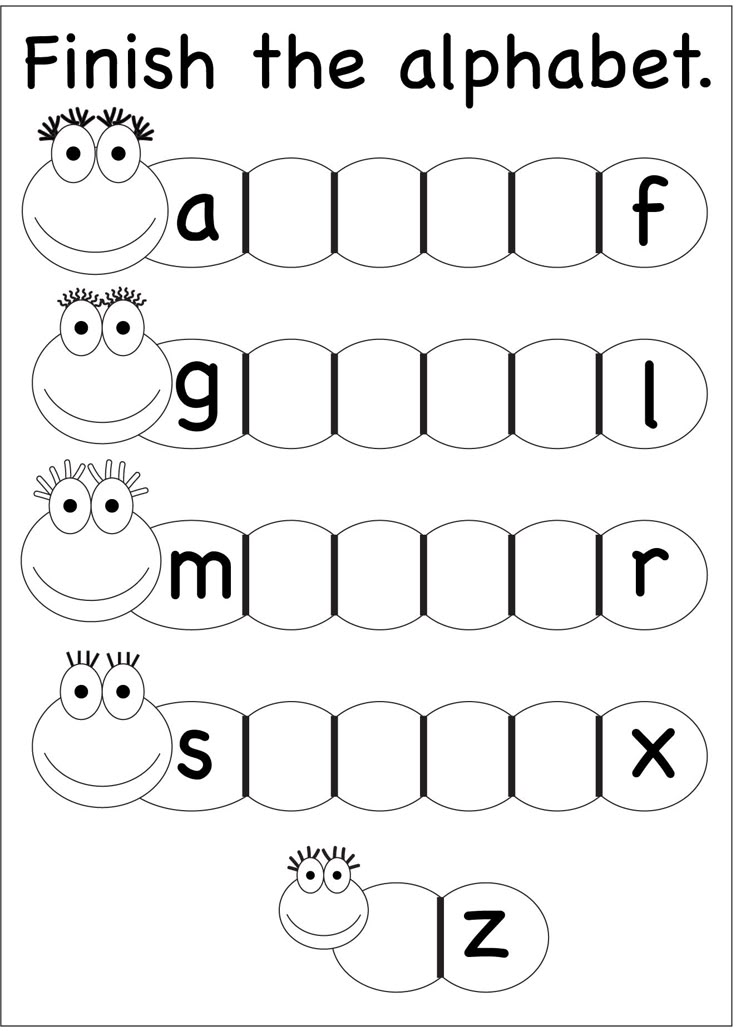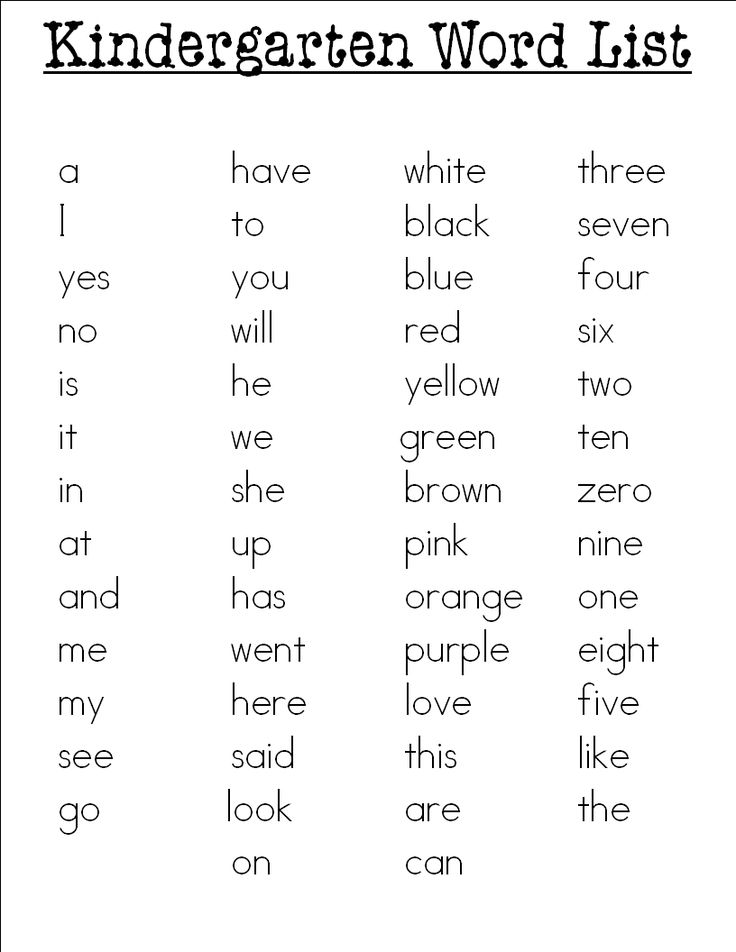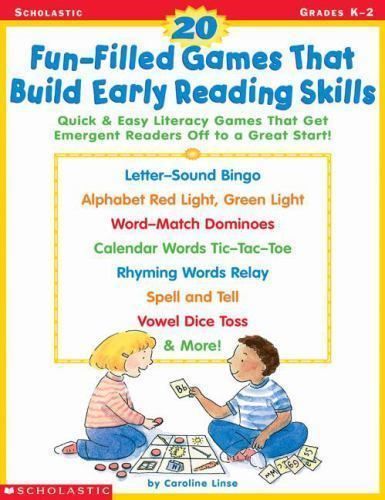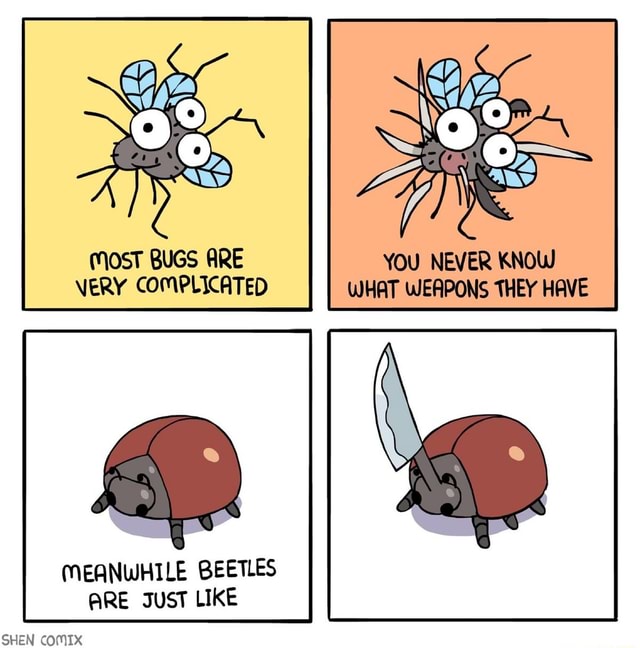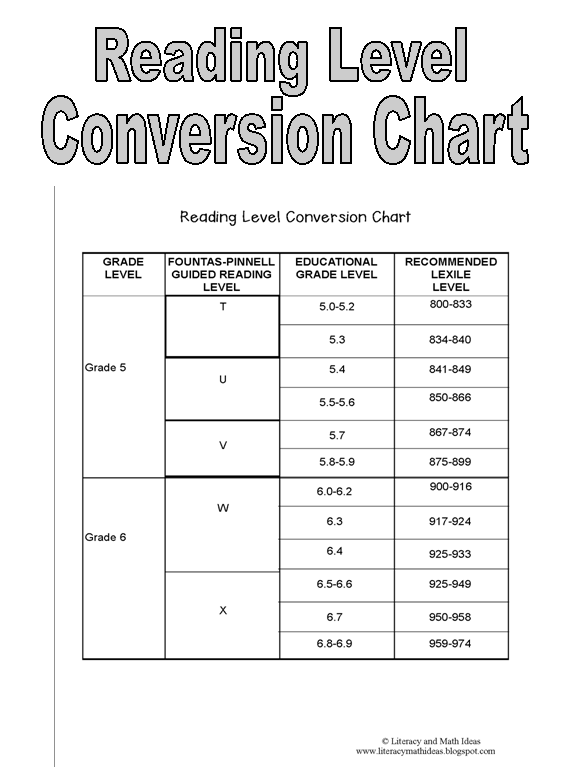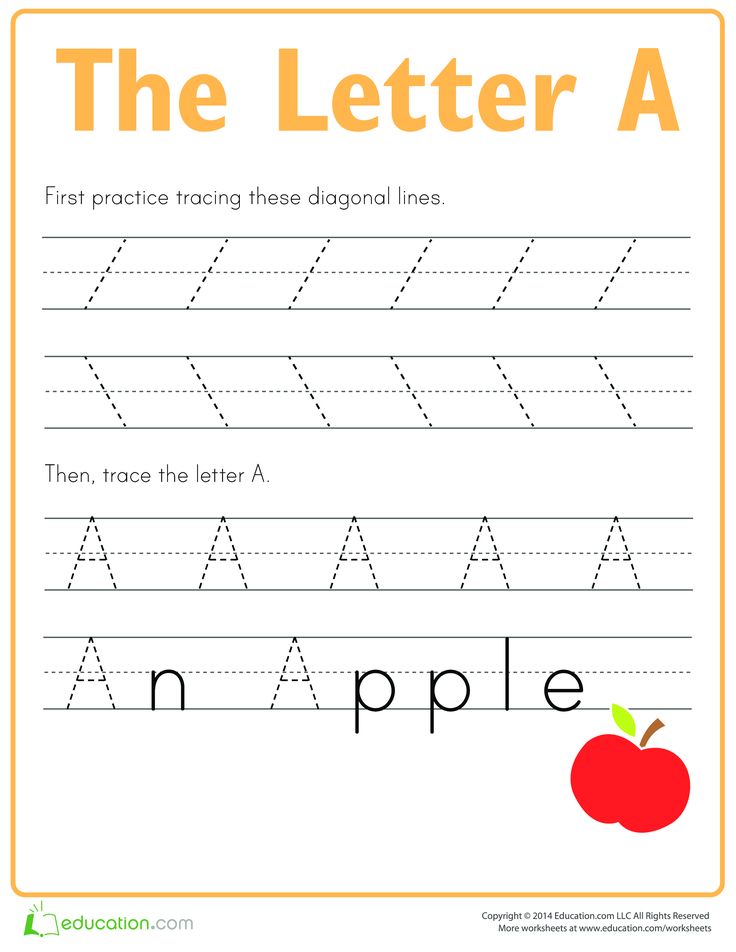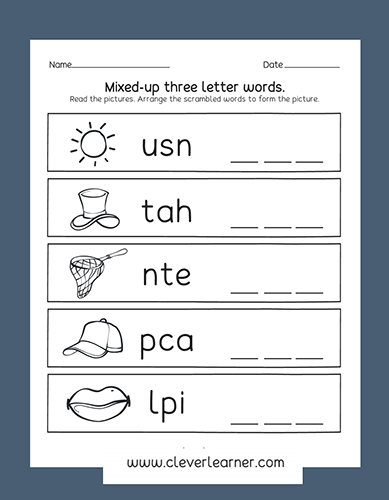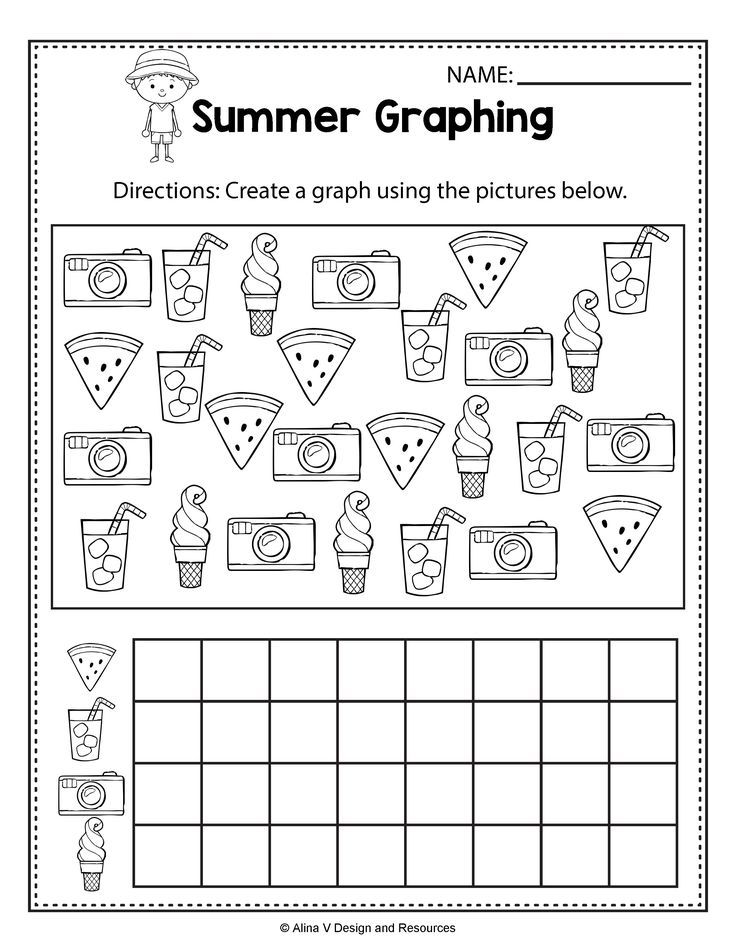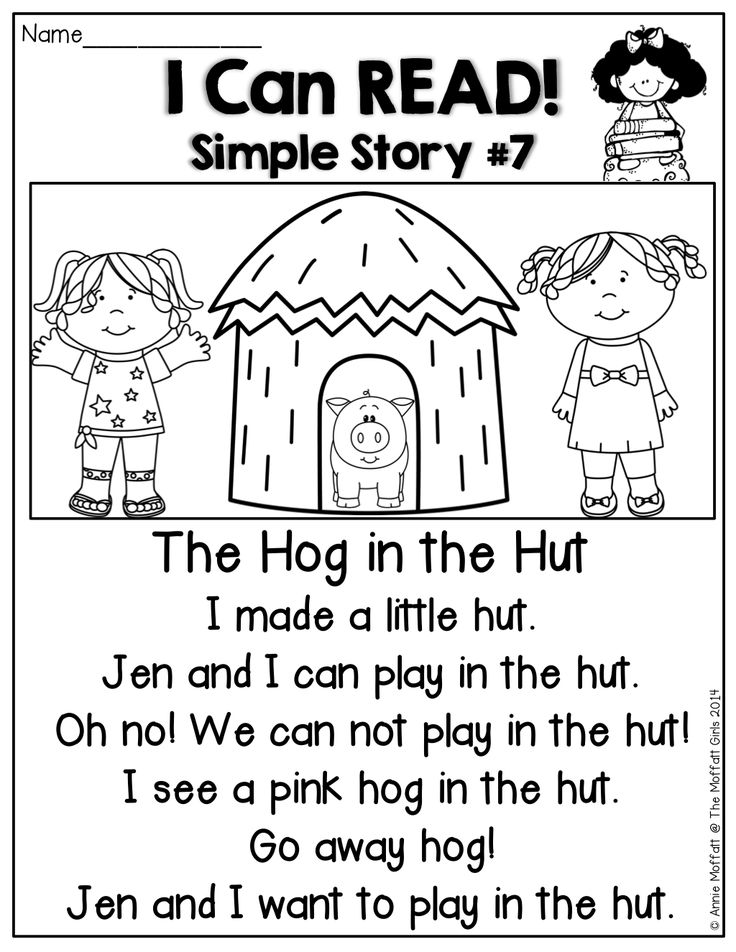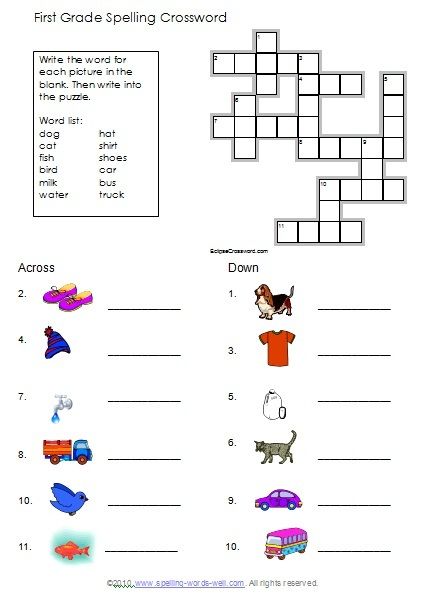Writing game for kids
Fun Writing Games to Encourage Your Kids to Write
No one ever said that parenting was easy, especially if you’re one of those parents who is struggling with helping their kids with school work. Many children are not fans of writing or any activities that involve writing. Luckily for you, this list is a lot of different and exciting writing games to create a love of writing in your kids so they can write more and have fun doing it.
1. Telephone Pictionary
This game is really engaging and will promote creativity with your children while at the same time pushing them to write. If you have more players it will go better, and all you need is paper and pencils. Every player simply writes a sentence on the paper and passes the paper on. The next player will draw what is represented by the sentence and fold down the paper so only the drawing is visible, then passes the sheet.
The next player will write a sentence that describes the drawing and fold the sheet to keep only their sentence visible. The paper keeps going around in this way until it’s full. Then, all players can compare the original sentence with what happened later for laughs.
2. Story Telling
In this game, you also only need paper and pencils, and all kids will get to write a story together. Onboard, you can write the first sentence of the tale. Then, over the next two minutes, the children will write down the next step of the story. After two minutes, their paper goes to someone else who will continue the story. These papers go around a few times until such time as the story is done. Then, you can enjoy sharing the different and funny stories that were created.
3. Fill in the Blanks
For this game, you need some story sheets with blank spots. According to Rick Steele, an educator at Academized and Ox Essays, “to play, you just have to give the sheet to your child and they will fill in the blanks however they want by using their imagination. Then, you can read the finished story together afterward.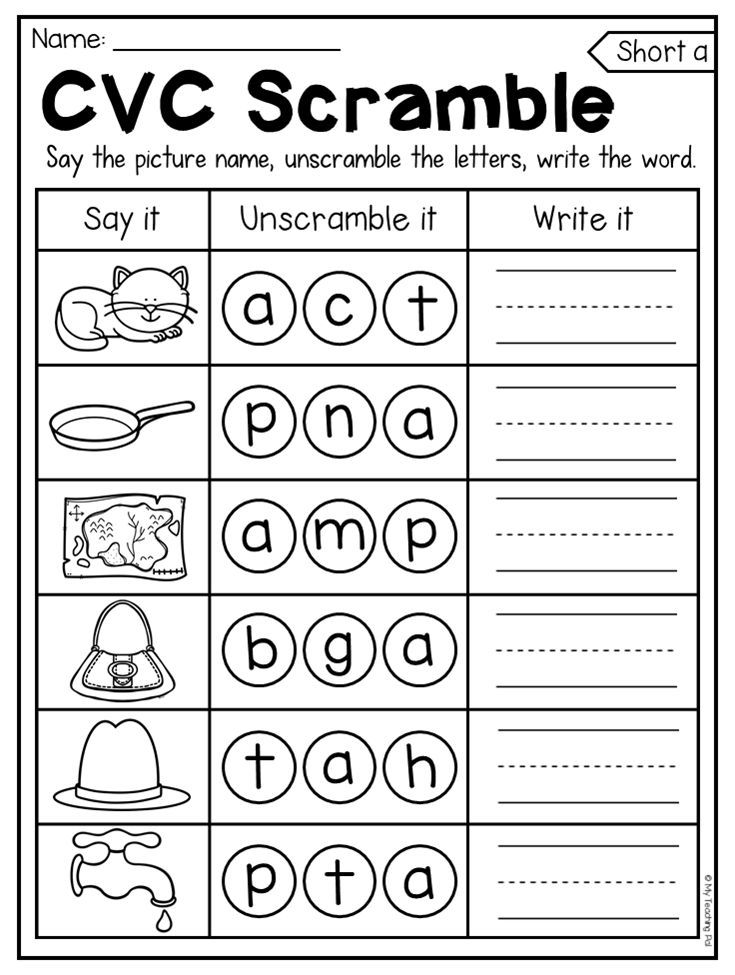 ”
”
It can be difficult to get your children to write if they don’t like it, but there’s a lot of writing games that can make the process more exciting.
4. Birthday Cards
Every time there is a family birthday or special event, or during the holidays, you can get your children to write the birthday card. This will make them speak their thoughts about their family members as well as encouraging them to write in the process.
5.Cursive Name Writing
This game can be exciting to learn to write in cursive. You can take a sheet and fold it in half. Ask your children to write their names in cursive in large script, along the top of the folded crease. They can trace over the writing time and time again, then they can go over the folded piece until they create a mirror image on the other side of the sheet. Then they can cut out their names until the writing looks like a large bug.
6. Challenge for Vocabulary Terms
This game is better for children that can write comfortably and are more than six years old.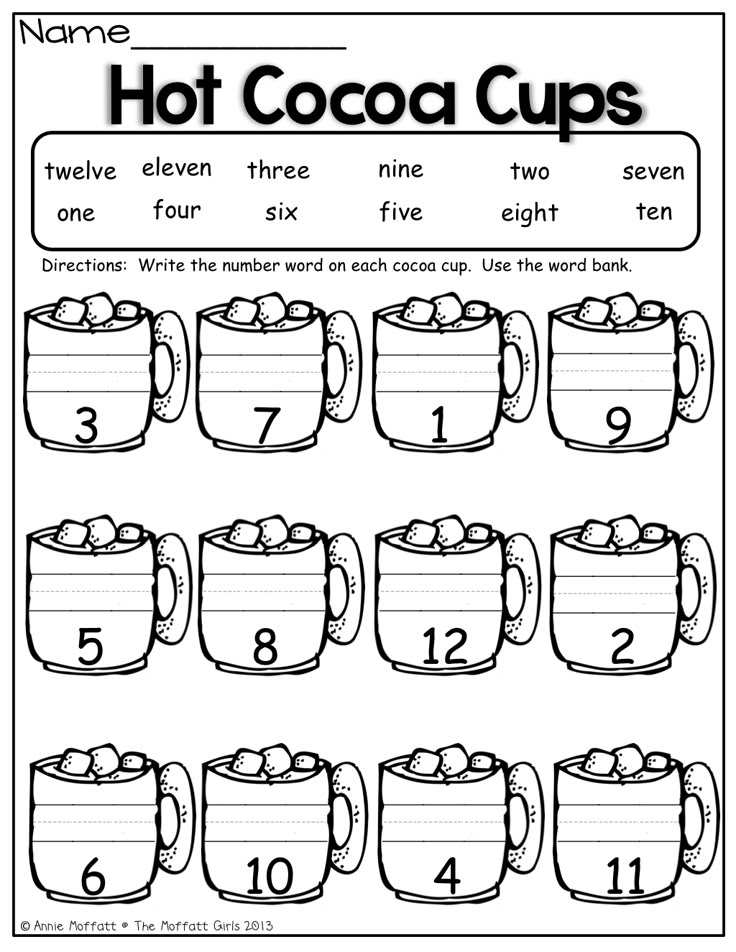 You can give your child a new word and tell them what the meaning is. Then, Henrietta Fillon, a tutor at Big Assignments and Elite Assignment Help, says “you can challenge them to write a sentence with the new word in it. You can also ask your child to write a complete story about this word if you have time for it. You can also ask for drawings if they don’t enjoy writing much.”
You can give your child a new word and tell them what the meaning is. Then, Henrietta Fillon, a tutor at Big Assignments and Elite Assignment Help, says “you can challenge them to write a sentence with the new word in it. You can also ask your child to write a complete story about this word if you have time for it. You can also ask for drawings if they don’t enjoy writing much.”
7. Comic Strip Fun
This activity is better for older children who already know how to read and write, especially if they like storytelling. You can get some comic strips for your children and ask them to fill out the dialogue bubbles (which should be blank, to begin with). Then, challenge them to make it more exciting. They can also draw with crayons to make more colors and liven up the comic strip.
It can be difficult to get your children to write if they don’t like it, but there’s a lot of writing games that can make the process more exciting. By spending time with your children to focus on learning to write, they will prosper and learn to enjoy writing.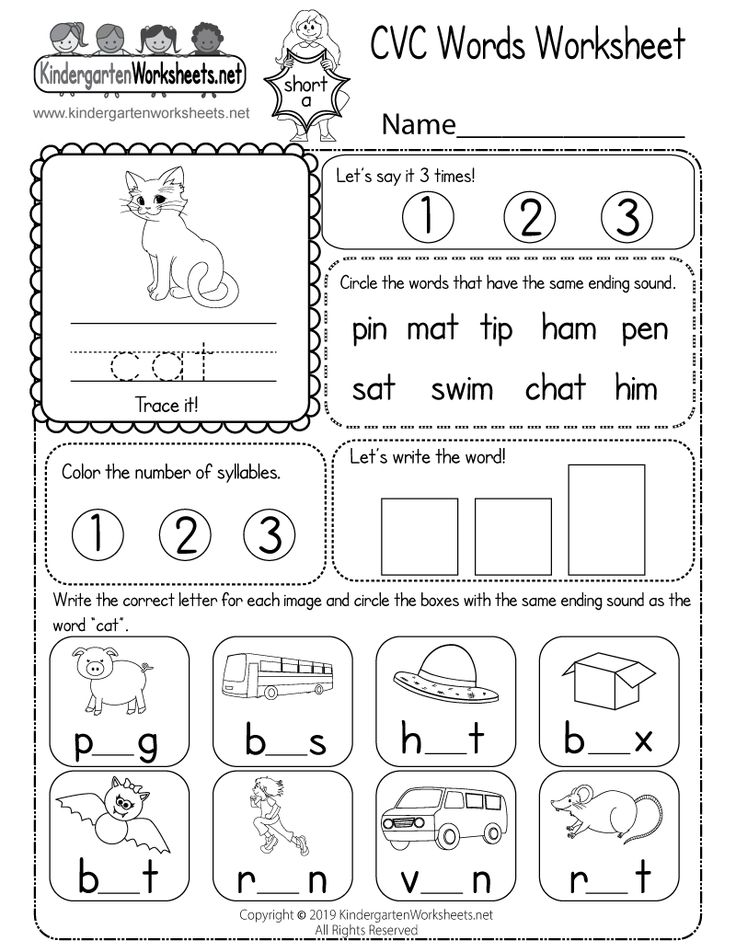
About the author: Ellie Coverdale, a writer for UK Writings and Essayroo, shares her thoughts and opinions on education and writing. She loves fostering a desire to read and write in children and stresses the importance of writing skills for all people, regardless of age. In her spare time, she teaches writing skills for Boom Essays.
12 Writing Games To Help Kids Learn To Write And Have Fun Doing It
Writing can feel daunting to young learners — there are so many letters to memorize, sounds to recall, and words to spell! You might be wondering what the best writing games are to help your child learn to write.
HOMER has got you covered with these simple and engaging writing games! With minimal equipment required, these activities can be set up within minutes and provide unlimited fun.
Before we dive into our favorite writing games, let’s discover why writing is important in child development.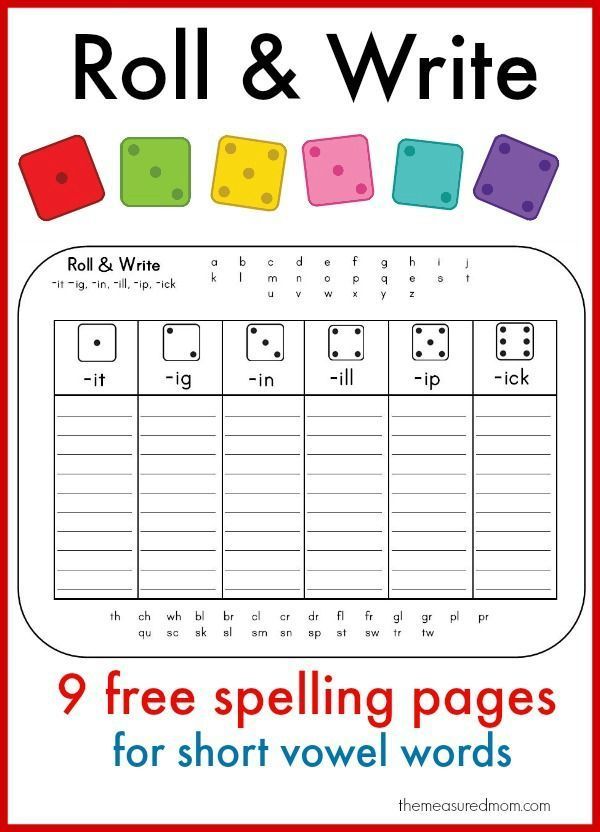
Why Writing Is Crucial To Development
From their early scribbles to drawing recognizable letters, writing is a useful form of self-expression for children and allows their ideas to flow more easily.
What’s more, the alphabetic code is reversible, so children who use sounds to determine words for writing are simultaneously advancing their ability to sound out words and read coherently. Win-win!
This is a lifelong skill that your child will use every day, so it’s important to know how to best nurture and develop these emergent literacy skills from a young age.
By playing the writing games outlined below and taking the time to practice, your young writer will be an expert in no time!
Why Games Are Important For Learning
You know that it’s important for your child to develop writing skills, but you may be wondering why you should incorporate games into their learning.
Why can’t your child just sit down with a pen and paper to practice writing?
Less Stressful Learning
Here’s the stitch: Being asked to sit down and practice writing skills can be daunting for some kids. It can also be frustrating when they come across letters or words they struggle with.
It can also be frustrating when they come across letters or words they struggle with.
Games, on the other hand, decrease stress levels and get children excited about learning.
While playing learning games, your child will not only be practicing their writing skills, but they’ll also be more focused on completing the fun activity than on getting frustrated that they can’t write the uppercase Q, Z, or J.
When children see that learning doesn’t have to be tense or highly stressful, it can also change their perception of educational activities. In fact, they may be more willing to participate in future educational games.
Motivation
Motivation is one of the biggest advantages of playing writing games.
Kids are more likely to pay attention to the instructions and participate when they see the activity is fun. This is much more effective for teaching writing (and other) skills than simply handing them a worksheet.
Some educational games also allow children to play in pairs or groups.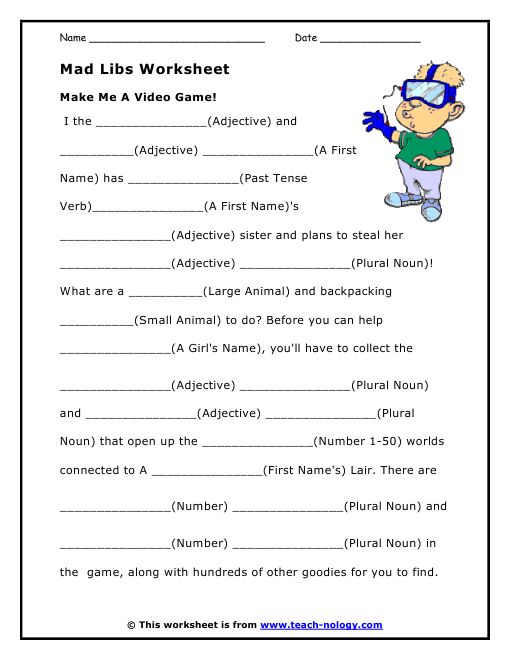 Interacting with peers or family members in this way is an excellent opportunity to develop critical social skills, such as listening to others, communicating effectively, and taking turns.
Interacting with peers or family members in this way is an excellent opportunity to develop critical social skills, such as listening to others, communicating effectively, and taking turns.
Friendly Competition
Kids can be very competitive — with their friends, siblings, and sometimes even with mom and dad. Playing writing games can foster a spirit of fun, healthy competition.
If you involve multiple children in these activities, the child who wins can learn to congratulate their fellow competitors and not just brag about their accomplishment. And the one who loses can learn to celebrate another person’s win and try harder next time.
Problem-Solving Skills
By nature, most games require participants to incorporate problem-solving skills, planning, and creativity. That’s a lot of mental work!
Playing writing — and other types of educational — games can help your child develop these essential life skills.
Now that we’re clear on why writing games are important, let’s get into the activities you can introduce to your child today.
We’ve divided these into three sections — writing games for preschoolers and kindergarteners, first graders, and second graders. So, feel free to scroll to the relevant section for your child (or children), and let the games begin!
Writing Games For Preschoolers And Kindergarteners
1) Disappearing Letters
What You’ll Need
- A chalkboard
- Chalk
- A paintbrush
- A cup of water
What To Do
Start this activity by writing a repeated letter, a word, or your child’s name on the chalkboard using your chalk. If you’re writing a single letter, start by writing it five times in a row.
Dip the paintbrush in the cup of water and have your child trace over each of the letters, erasing them one by one.
Once your child has mastered one letter, move on to multiple letters until they’re comfortable using this activity to “write” their name and short consonant-vowel-consonant (CVC) words such as dog and cat.
This activity is great for working on developing your little one’s fine motor skills as well as their spelling abilities, which will aid them as they take pencil to paper!
2) Hands-On Writing
What You’ll Need
- A tray or bin
- A fun material such as sand, flour, or shaving cream — anything that can hold a shape
- A pen and piece of paper (optional)
What To Do
To start this activity, grab a tray or bin that’s deep enough to hold your chosen material.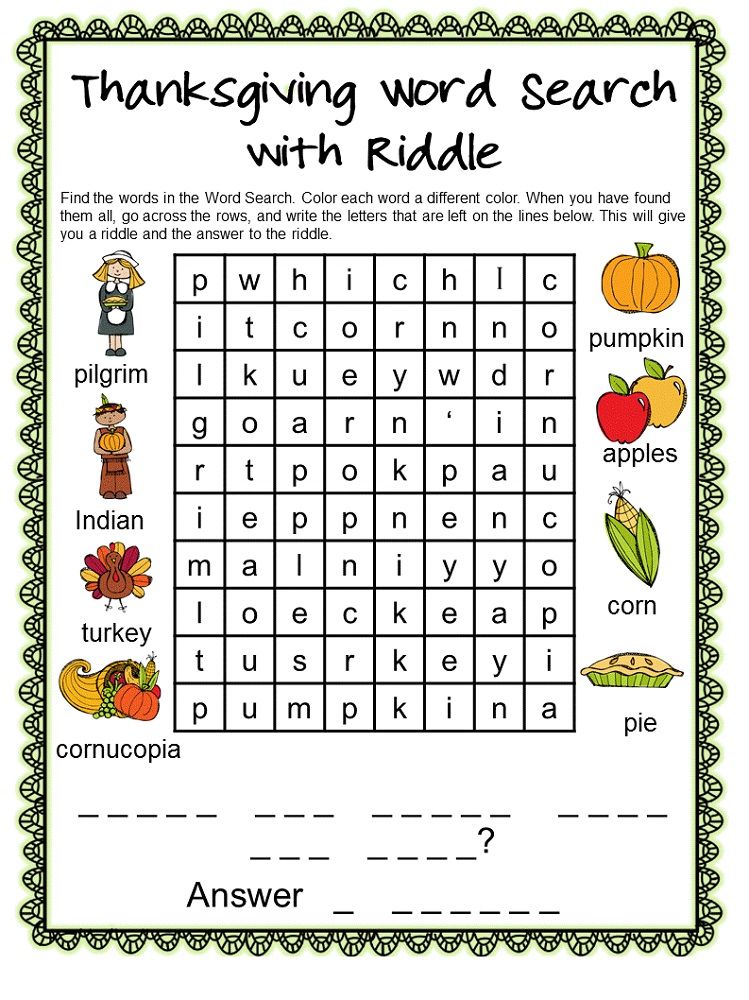
Fill your tray and bin with sand, flour, shaving cream, or anything else that can be used to form a shape. This is what your child will use to develop their writing skills!
Say a letter to your child (or write the letter on a piece of paper for them to copy, if needed) and have them write the letter into the sand, flour, or shaving cream with their finger.
Eventually, you can work your way up to having your child write whole words, like their name or things they love (the names of their friends and family or even their favorite foods or toys).
Don’t worry too much about what the letters look like — even scribbles are OK! Whatever your child writes to produce a letter or word is great progress.
This activity lets you make writing a fun, sensory experience! Try using different materials to keep your child engaged and to learn more about the world around them while they practice their writing skills.
You could also use a fingerpainting method for this game for some colorful fun — enjoy getting creative with this writing game!
3) Yarn Letters
What You’ll Need
- Blank sheets of paper
- Pencils
- Yarn
- Child-safe scissors
- Glue
What To Do
Grab the blank sheet of paper and help your child draw a letter of the alphabet with a pencil.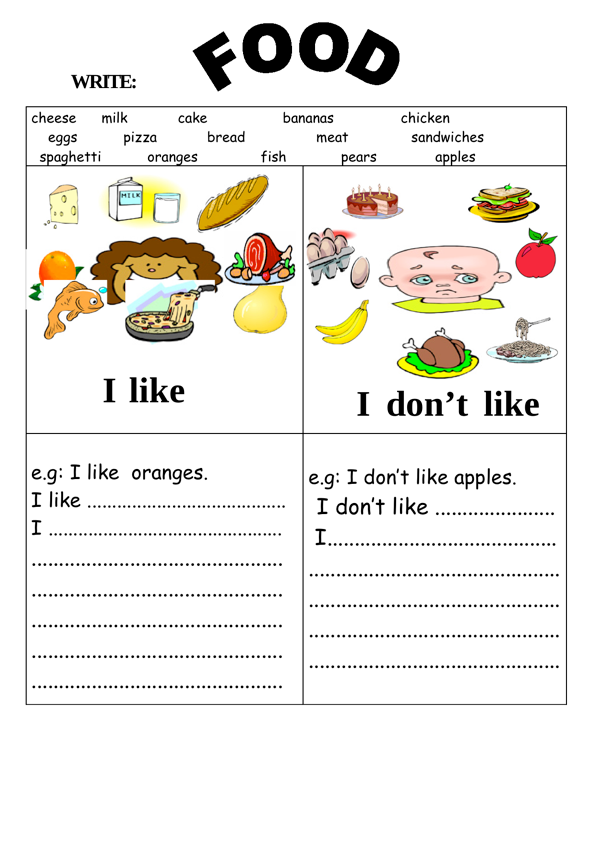 Then, hand them the yarn, scissors, and glue, and help them trace the letter by cutting and gluing the string onto its shape.
Then, hand them the yarn, scissors, and glue, and help them trace the letter by cutting and gluing the string onto its shape.
Performing this task is an effective way for your child to develop their fine motor skills, a key component of writing. In addition, this hands-on activity allows children to continue learning their letters.
Writing Games For First Graders
4) Roll The Dice
What You’ll Need
- A piece of paper
- A pen or pencil
- A dice
What To Do
This writing game is all about creating a fun story with your child using dice to determine how many words you get to add each turn!
Start by having your child choose a main character, a setting, and a problem. For example, your character might be a cat, your setting might be a garden, and the problem might be that the cat needs to find some food.
Write the first sentence of your story based on the character, setting, and problem you’ve chosen with your child.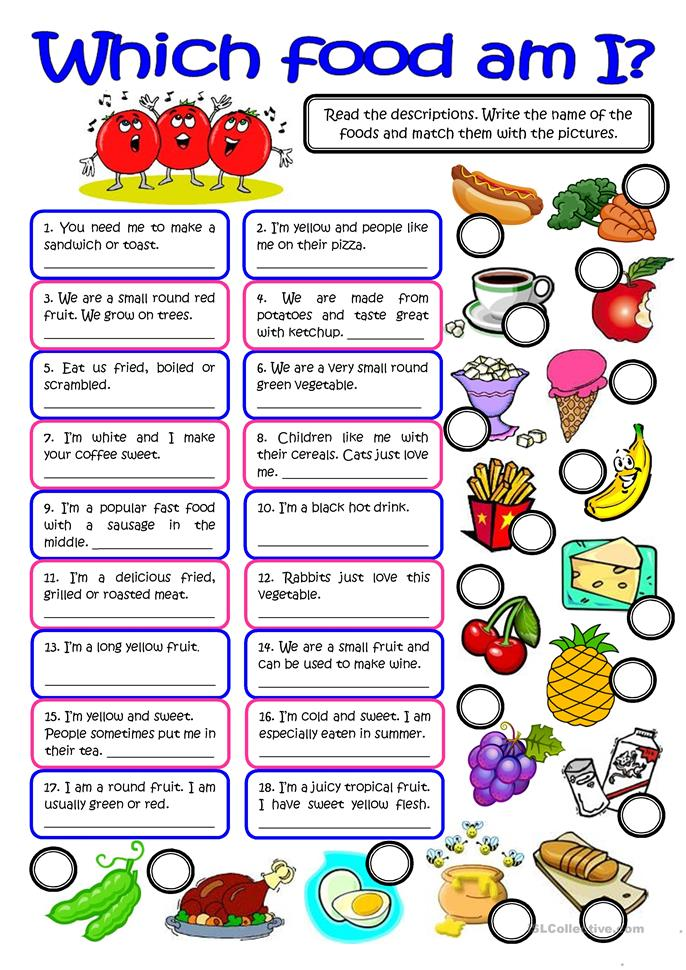 Using our example above, the first sentence might be, “Once, there was a cat in a garden who couldn’t find any food.”
Using our example above, the first sentence might be, “Once, there was a cat in a garden who couldn’t find any food.”
After you write the first sentence, have your child roll the dice. Whatever number the dice lands on is the number of words they’ll add to the story — not one word more or less!
You can assist your child by sounding out tricky words and helping them write if needed. Once they’ve added their words, it’s your turn to roll the dice and write your next round of words based on the dice number.
Take up to five turns each before finishing your story together by choosing an ending. Then read your story aloud to see how it all flows!
5) Speech Bubbles
What You’ll Need
- A piece of paper for drawing or a printed cartoon
- A pen or pencil
What To Do
For this activity, start by having your child draw a picture with a character or two. You could draw this scene together or even print off some characters from the internet to color and decorate together.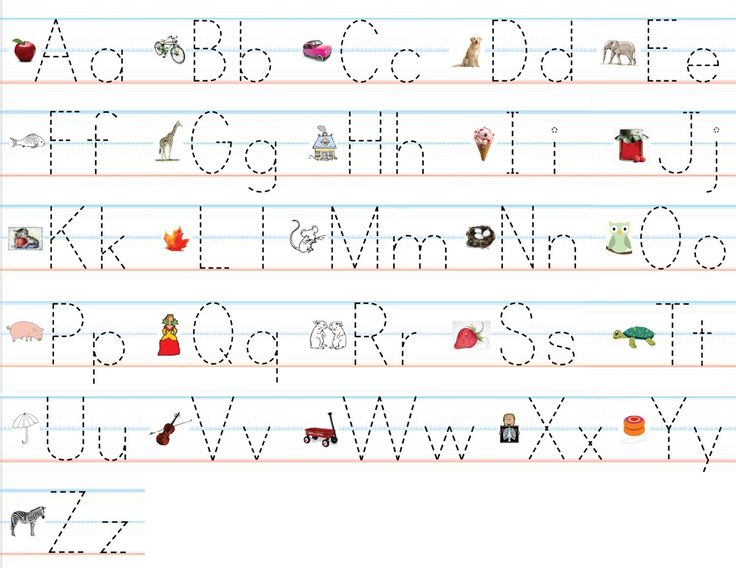
Once you’ve finished drawing and decorating your characters, it’s time for each of you to draw and fill in a speech bubble to create thoughts for your character (or a conversation if you drew more than one character).
For example, if your character is a dog, maybe he’s standing by an empty bowl. What might a hungry dog say? Some options could be, “Where’s my food?” or “I hope they bring pizza!”.
Let your child’s imagination run wild with possibilities for filling in the speech bubbles and enjoy this writing activity together by writing down the silly suggestions, too!
Speech bubbles are one of the most fun options for writing games as they’re quick, easy, and short for young writers.
This may help your child feel less intimidated as they explore more words to add to their vocabulary and practice forming their letters correctly.
6) Birthday Cards
What You’ll Need
- Colored pens or crayons
- Pencils
- Blank birthday card
What To Do
Birthdays are a day most people look forward to.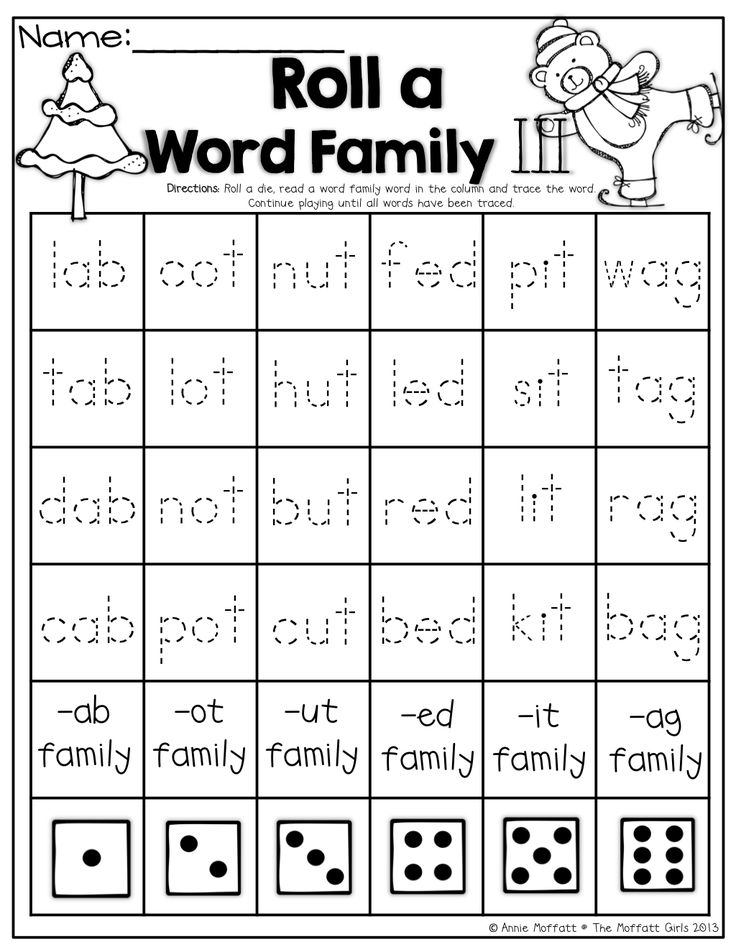 For kids, this day usually means lots of gifts, games, a birthday cake, and, of course, a birthday card.
For kids, this day usually means lots of gifts, games, a birthday cake, and, of course, a birthday card.
Help your child create a unique birthday card for their friend, neighbor, cousin, sibling, mom, or dad — whoever they want! Once they select the recipient, get the supplies you need and help them write a sweet message for their loved one.
This is a wonderful activity for your child to practice putting their thoughts on paper. They can also add flowers, hearts, and anything else that will help to make the card extra special.
Note: This activity can be used for any occasion, not just birthdays. Is it the holidays? Has the family been invited to a graduation party? Do you have a family member who’s not feeling well?
All of these are excellent opportunities to create a special card for a loved one.
7) Map Out The Story
What You’ll Need
- A blank sheet of paper
- Colored pencils (or crayons)
What To Do
The aim of this writing game is simple: create a setting for a story.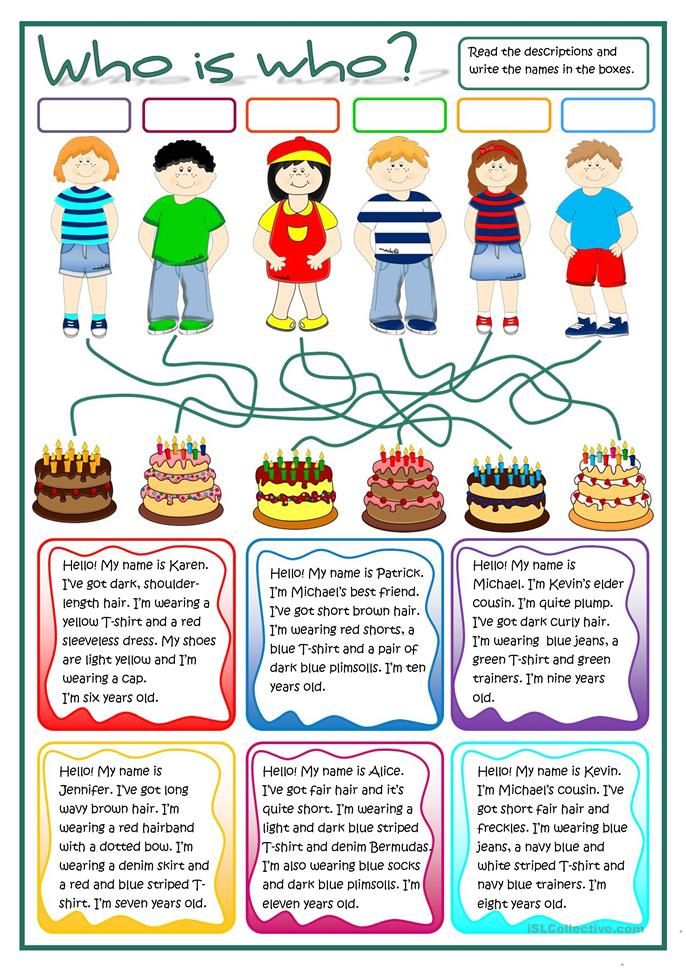
Children love when a storybook they’re reading includes some pictures and a map to bring the story to life. With this activity, they get to create their own!
All your child needs to do is draw a map of the story setting of their choosing, labeling the different areas. This can be a story they’ve read or one that’s just popped into their head. It really doesn’t matter as long as they’re excited about it.
To help them get started, you can ask prompting questions, like:
- Does your story take place on land or in water?
- If it’s on land, what and who lives on that land?
- If it takes place in water, what types of interesting creatures are there?
- What’s the weather like?
- How many characters are there?
- Where do these characters live?
- What do the characters do?
- Are there any landmarks?
Once your child is clear about the world of the story, it’s time to draw and create it. Now you can also help your child write a story that takes place in their invented world.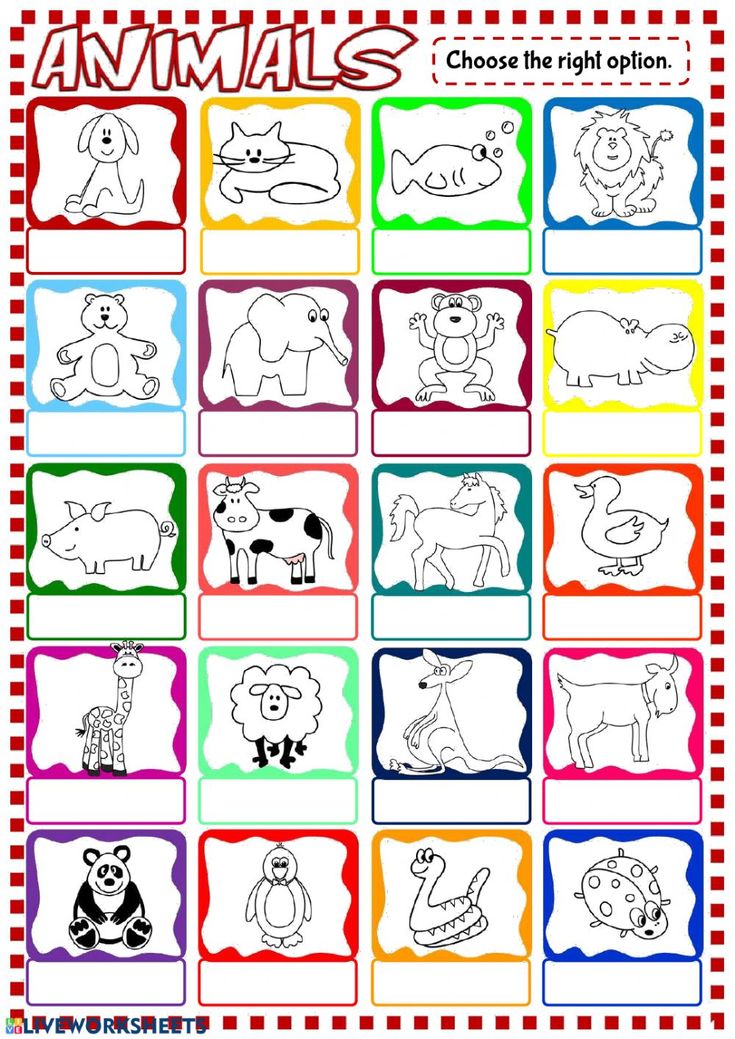
For this activity, we’re not expecting incredible artwork or penmanship. Instead, the main focus is to have kids practice gripping pens or pencils and writing.
Writing Games For Second Graders
8) Grocery List Writing
What You’ll Need
- A piece of paper for making your list
- A pen or pencil
What To Do
Make the task of writing your grocery list into a game!
You can do this as part of a make-believe or role-playing game with your child, or you can create a real grocery list together before the shopping gets done.
Try planning out some meals for the week ahead, and then make a list with your child for each of the ingredients needed. Explain that writing a list helps us to remember all the things we need to buy, and discuss what items you might need to purchase.
Keep it simple and help your child by sounding out words as they write. Once the list is written, your child can enjoy checking off each item one by one after it’s been put in the cart!
9) Household I-Spy
What You’ll Need
- Two pieces of paper, one for you and one for your child
- Two pens or pencils, one for you and one for your child
- A timer or timer app
What To Do
One of our favorite writing games is this version of I-Spy with a twist!
Grab your paper and write each letter of the alphabet down the left-hand side.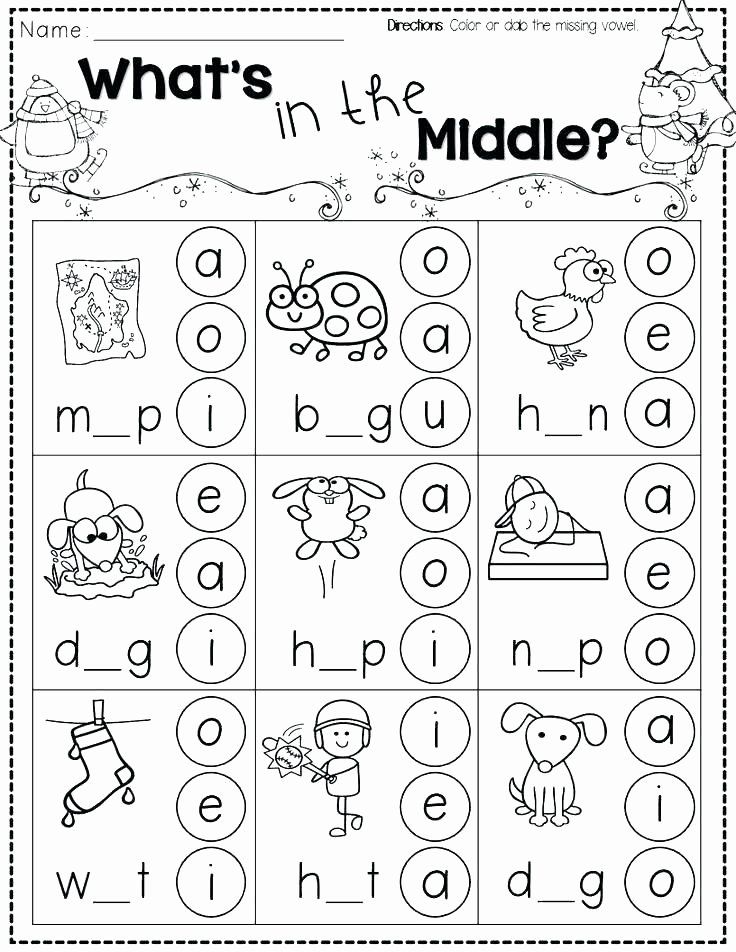 Once you and your child have both written the alphabet on your paper, set your timer for 10 minutes.
Once you and your child have both written the alphabet on your paper, set your timer for 10 minutes.
You’ll then race from room to room to find and write down as many objects as possible that begin with each letter of the alphabet. Write each object next to its corresponding letter and fill in as many as you can within the time limit.
You could also set a handicap for this writing game to raise the stakes! For example, if your child’s time limit is 10 minutes, cut yours in half so that you have to find as many objects as possible in five minutes.
10) Accordion Storytelling
What You’ll Need
- A sheet of paper
- Pen
- Ruler
What To Do
The first player will start the story at the top of your clean sheet of paper by writing two sentences on separate lines. They can write about any topic they want.
When they’re done writing, they’ll need to fold the paper over the first sentence and pass the paper on to the next player. This means that the first sentence won’t be seen. The next writer will only be able to see the second sentence on the page.
This means that the first sentence won’t be seen. The next writer will only be able to see the second sentence on the page.
This player will need to write their own two sentences based on the line they can see. After that, they’ll fold down the first line of what they wrote and pass it on to the next player, too. The paper will continue to be passed around and folded like an accordion.
The round ends once all the paper has been folded up, and there’s no space left to write. Once you’ve reached this stage, open it up and read the story aloud together.
What interesting story did you come up with? Get ready to have a good laugh!
Note: You can take turns reading one sentence each, or you can nominate one person to read the whole story to everyone.
This is a great game to play with the whole family or even just two people, although it is the most fun with at least three people. And it will encourage creativity and writing skills.
11) Pen Pal Writing
What You’ll Need
- Paper
- Pens or pencils
- A pen pal
What To Do
Writing letters to pen pals is very traditional.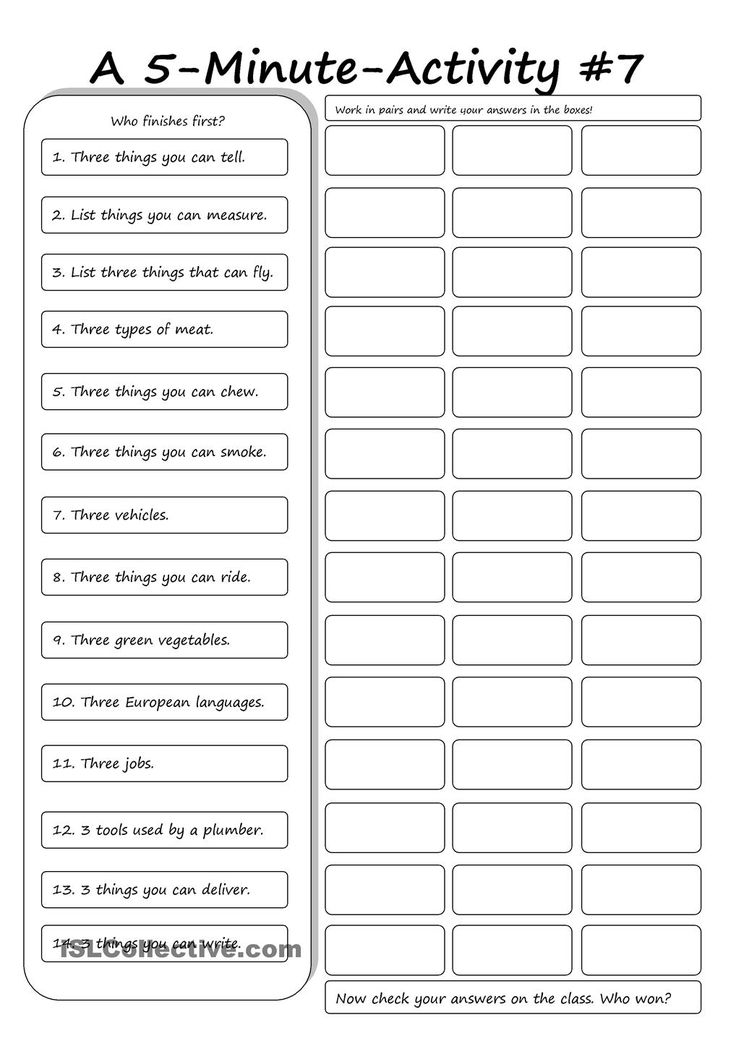 In a nutshell, it involves two people in a long-distance friendship who communicate by writing letters to each other.
In a nutshell, it involves two people in a long-distance friendship who communicate by writing letters to each other.
Now, with the advancement of technology, very few people still do this via snail mail. But it can be a great way to encourage children to write.
Who can your child write to? They can choose a friend who’s moved schools, a cousin who lives in another state, or their grandparents. It can be anyone they’d like to send a message to!
This is a fun way to help children learn about mailing letters and how the postal system works. They also get to create memories and can keep the letters their pen pal writes to reflect on for years to come!
12) Rewrite The Ending
What You’ll Need
- Paper
- Pen or pencils
- Storybook
What To Do
Children will need to exercise their imaginations to play this game.
To get started, read a book aloud to your child. (This can be an old favorite or a new story.) Once you’ve finished reading, encourage them to create their own version of the ending.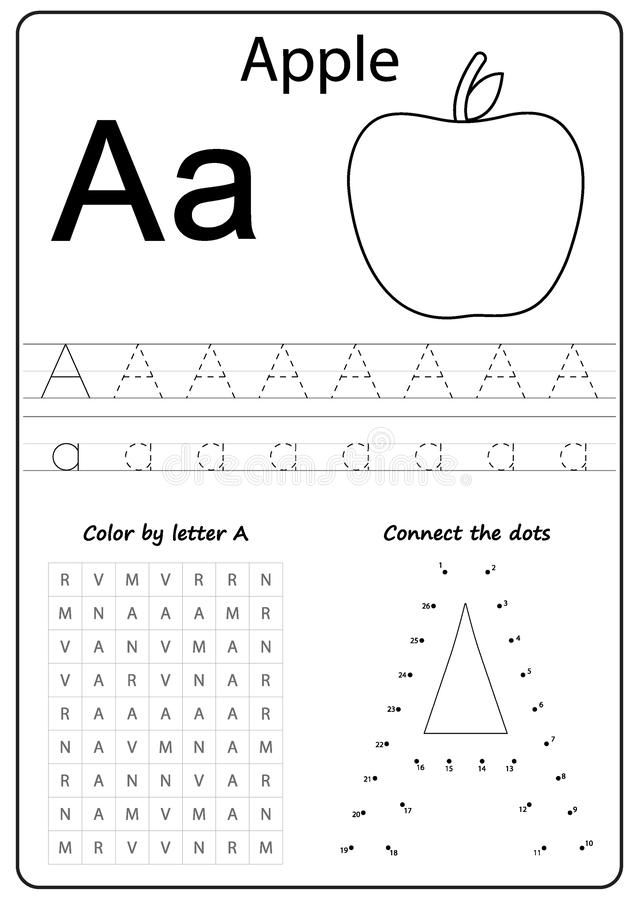
It can be challenging for children to imagine their favorite stories in a different way, so you might need to help your child think outside the box:
- What if the frog never turned into a prince but into a big elephant instead?
- What if the three little pigs learned karate and decided to fight the wolf?
- Could the little mermaid have a twin sister she just discovered?
This activity lets your child exercise their imagination while also practicing their writing skills. If this is done with multiple children, it will be fun to see what exciting versions of the script each child comes up with.
Enjoy Learning To Write With HOMER!
We hope you’ve found some new favorite writing games from our activities in this guide!
From creating sensory play activities with sand and fingerpaints to writing a grocery list together, there are so many ways to get creative with your child and make writing a fun shared activity.
For even more writing fun, unbox a learning adventure with our Explore Letters Kit.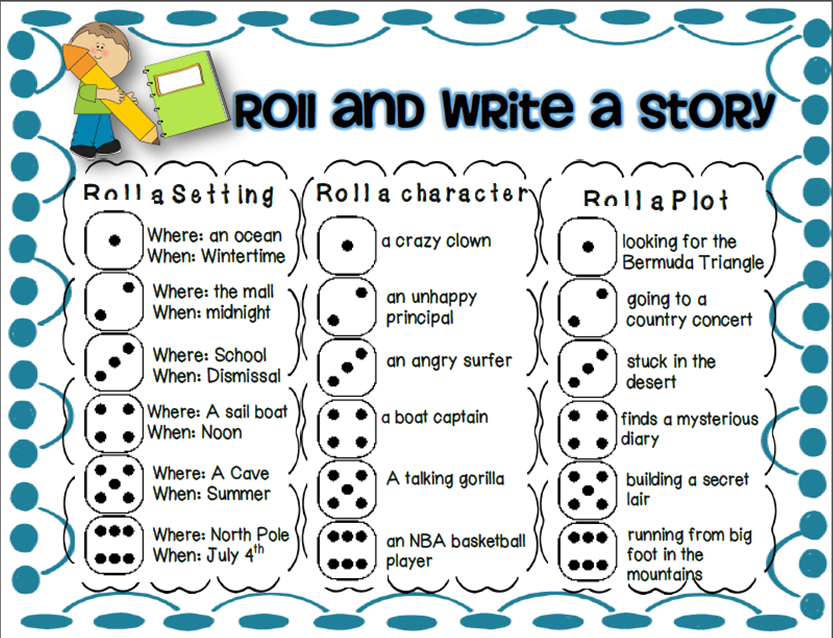 Watch your child build their literacy skills, using their imagination to lead them through a variety of writing and spelling activities!
Watch your child build their literacy skills, using their imagination to lead them through a variety of writing and spelling activities!
Author
9 good games from the writing guide for kids
This fall started with my work on a children's book and writing club.
While selecting assignments for the children, I read several writer's guides that have been on sale recently, and found that the games offered in them are suitable not only for children, but also for adult authors. Catch the best , in my opinion:
“Super textbook. How to Become a Genius Writer Bernard Free
1. Come up with a nickname for yourself
From the manual: “For example, you can try to make an anagram of your name. “What else is this?” you ask.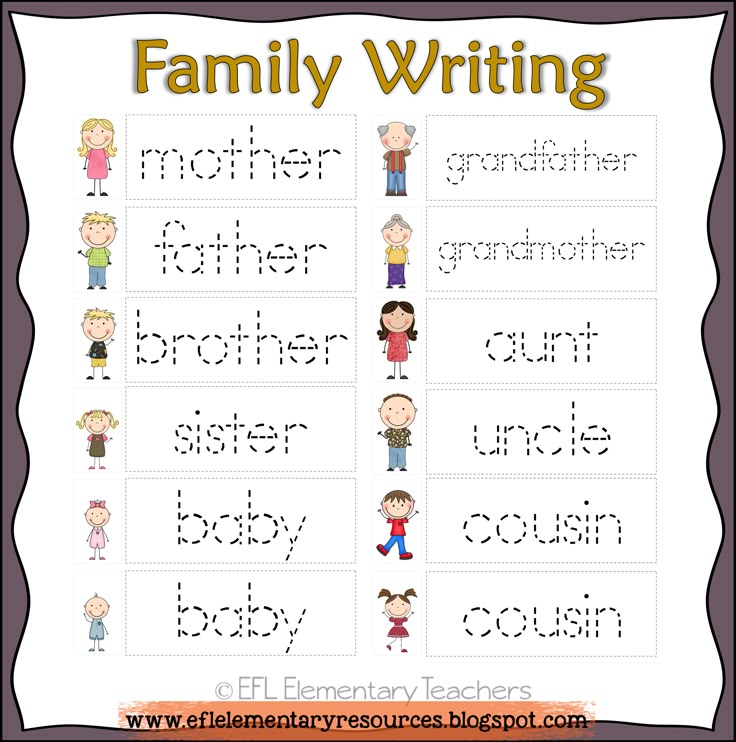 It's simple: two words are anagrams of each other if they consist of the same letters in a different order. For example, caviar is an anagram of the name Cyrus. Funny, right?
It's simple: two words are anagrams of each other if they consist of the same letters in a different order. For example, caviar is an anagram of the name Cyrus. Funny, right?
There are such special sites… You write your first name in the box, then your last name — and you can choose from the options offered. I tried to make anagrams of the name Grisha and the surname Sidorov (that's me). It turned out Argish Risovod. And what? I like!"
Adaptation for adults: Most likely, you chose your pseudonym more carefully. But for the names of the characters, such games are quite suitable. Try searching for "name generators" and test the ones you like.
2. Draw a map
From the manual: “I live in the city of Rostov-on-Dun. This city is not on the map, and there is very little information about it on the Internet. But it really exists! Proof of this are the maps I drew for three of my books.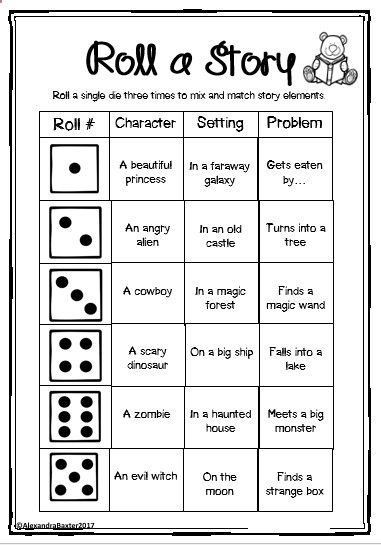 I marked all the sights of my town.
I marked all the sights of my town.
Your turn! Draw a plan of the city, village or area where you live. Mark the places where you spend the most time. Label them with numbers and write down the decoding in the legend. The word "legend" means not only an interesting story, but also explanations that help to better understand the map. Nothing complicated, right?
Adult Adaptation: The map is an inexhaustible source of inspiration for writers.
Try to actually print or draw a map of your city (you can give the city a fictitious name), and then for 2-3 months map all the characters and all the ideas that come to mind.
Let's say, if you suddenly created a gnome Mangus in your imagination, do not just try to understand who it is, but immediately place it on your map. So you will find that the gnomes live on the roofs of old houses in the central part of the city and get out at night to fix things broken during the day. This is already much more than just an image of a potential hero.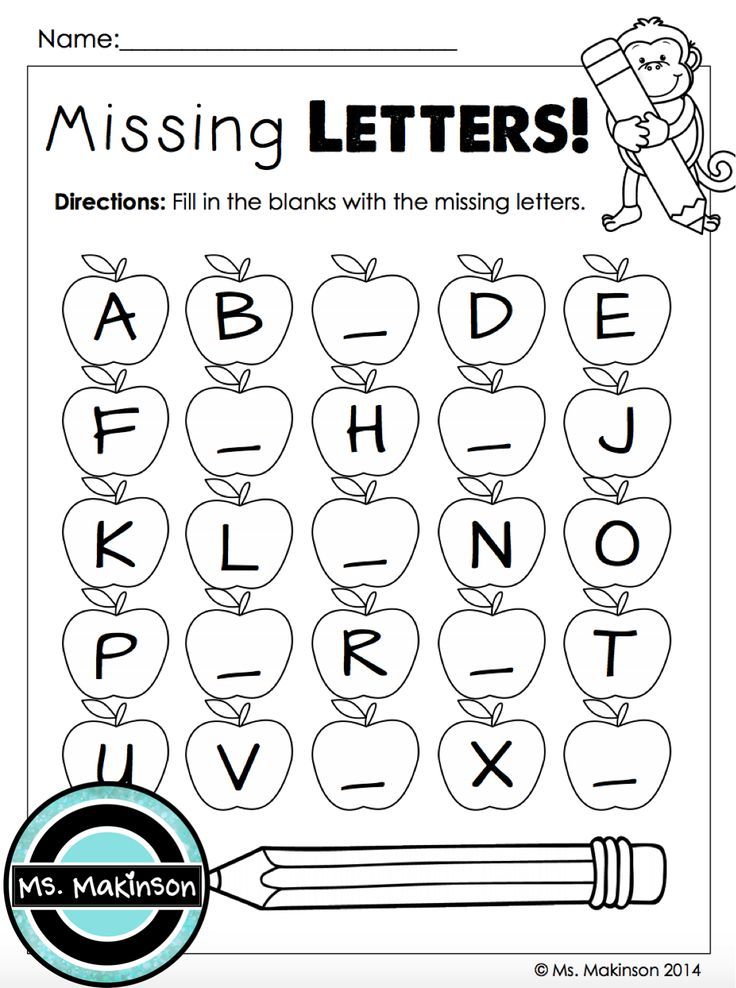 Over time, you will acquire an inexhaustible supply of ideas thanks to the map.
Over time, you will acquire an inexhaustible supply of ideas thanks to the map.
3. Tell a story that will make even a bald reader's hair stand on end
From the manual: “…We are not at hairdressing courses here! I suggest you a much more fun activity - to come up with a story that would make you horrified: - your sister - your older brother - your best friend - your boring cousin - an aunt selling pies in a buffet - and of course, your teacher I tried scare my Russian teacher with my story, and I almost succeeded”
Adaptation for adults: It is always useful to add personal emotions and experiences to the text. Consider writing your story for someone. Put in it emotions dedicated to a particular person.
Perhaps you want to cheer up someone close to you. Or vice versa, throw out anger at someone. Feel free to send your beloved sister on a trip around the world and give her a meeting with the man of her dreams.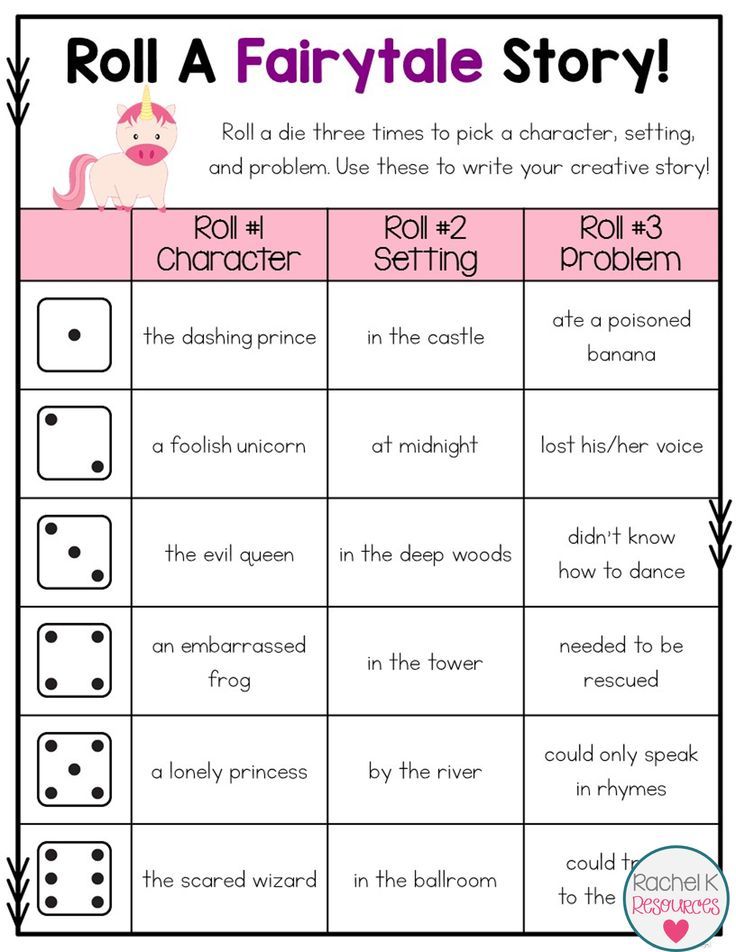
Stuff the hated director into an old pyramid of spiders and mummies and seal the entrance securely. Connect fiction to reality with emotional cement.
4. Write a scenario for a video game
From the manual: “My second game is called September First. Teachers should be prevented from entering the school. Any means are good (except murder!). You can lock them up somewhere, infect them with the flu, lead them astray, scare them. For example, you can steal a math teacher's bike or a music teacher's glasses. But if the teacher still came to school, then in order to continue playing, you need to write a test in his subject "
Adult adaptation: Surely you also like games, videos or board games. Think of a game that you would like to play. Briefly write down the rules. Now write at least one scene from the game as fiction. It will not be boring!
“Write more! Beginning Writer's Guide by Karen Behnke
5.
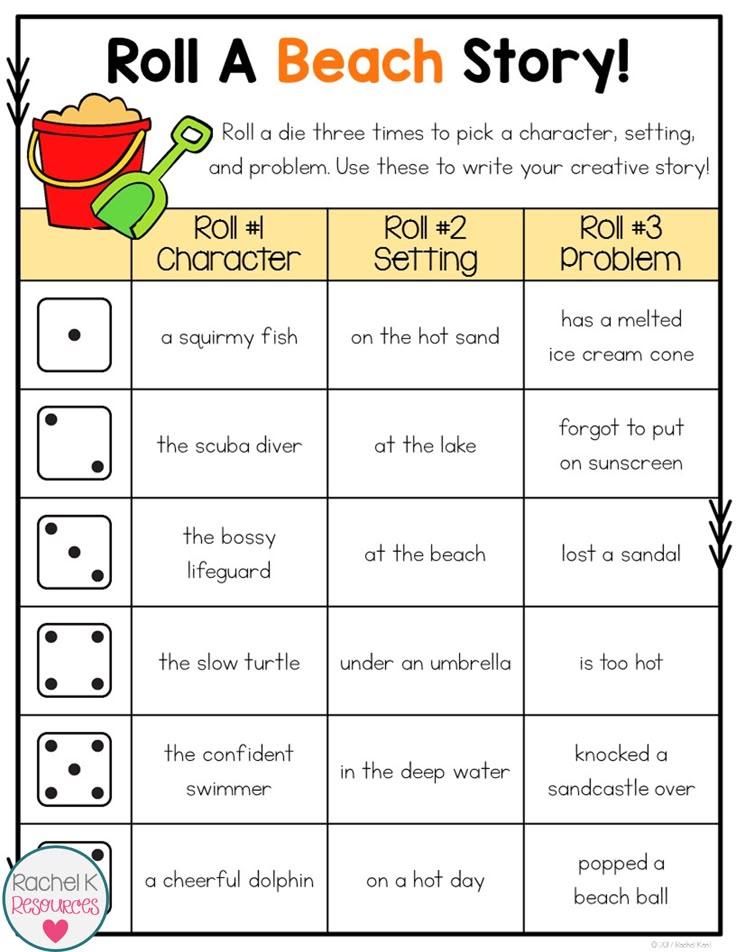 Send a letter to
Send a letter to From the manual: “Do you ever imagine what you will become in the future? Write a letter to the person you will someday be. Tell us about how you imagine your appearance, what kind of job you will have, in what house you will live. Tell us what kind of person you are right now, at this very moment in time: what you had for breakfast, the names of your friends, where you are sitting when you write this, what you are thinking about, what is happening in the next room. Then put this piece of paper in an envelope, address it to yourself, find a stamp, and ask Mom or Dad to send a letter in 10 or 20 years. Then forget about it. Maybe the letter will come one day when you do not expect it at all and when you need it most.
Adaptation for adults: There are special sites for letters to your future self, for example, https://future-mail.org/. And in general, the practice of writing is very useful for writers.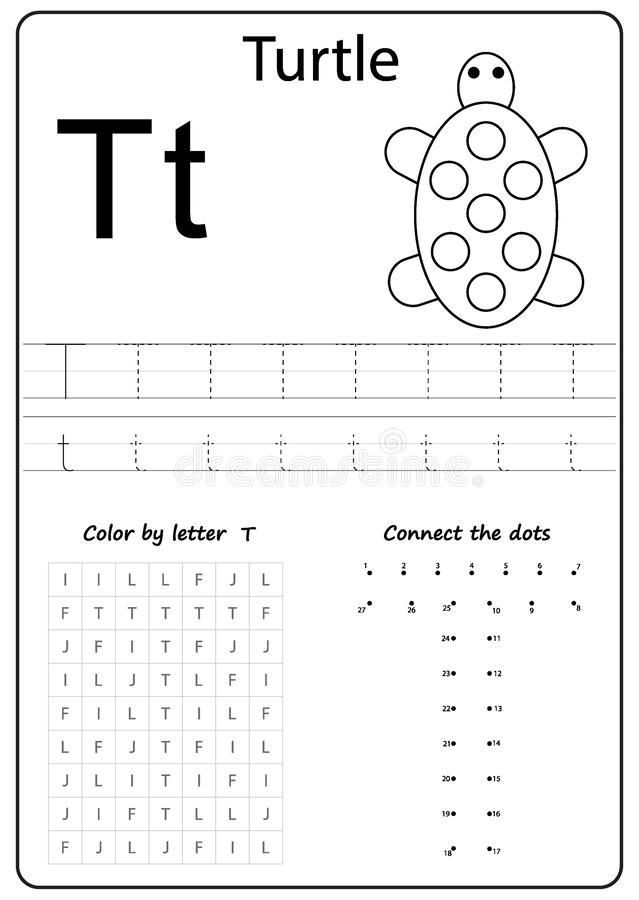 In our workshops, we often write messages to heroes. There are several types of such letters:
In our workshops, we often write messages to heroes. There are several types of such letters:
1) a letter from one character to another - helps to clarify some gaps in the plot, provides a basis for the development of the conflict, contributes to the development of characters;
2) a letter from the main character to the author - when you write on behalf of your hero, you seem to get the opportunity to be in his place, as a rule, this helps to move the plot from any dead center;
3) a letter from the author to the main character — in case of a crisis, it helps to remember why you started this book at all, what attracted you to it, and to understand how to regain interest in the manuscript you started.
6. Animate things
From the manual: Little known fact: It's harder to kill a spider in the bathroom if you named him Sammy. Naming things from spiders to swivel chairs can be a lot of fun. Try it. Jeffrey's Jeep, Charlie's Spinning Chair, Lucy's Eucalyptus, once just a lost seed from Australia.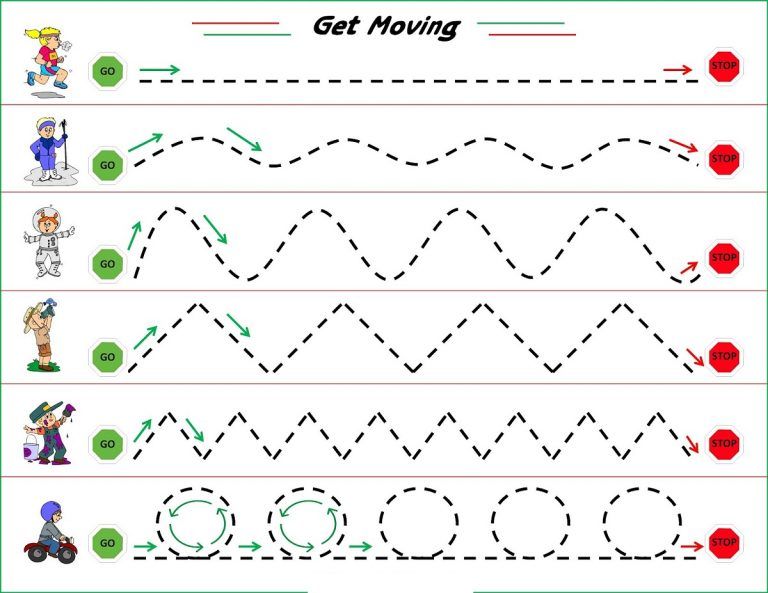 Give names to five things - animate or inanimate - in your home."
Give names to five things - animate or inanimate - in your home."
Adaptation for adults: Sometimes it seems to you that all the most interesting and unusual things happen to other people, and your "rotten" life does not give any bright ideas and plots. In fact, you don't have to look far to find a catchy concept. Just take a free moment and look around the objects in the room to see which one can tell you an incredible story.
What would a rose in a vase say? What secrets do old watches keep? What do carved chess think? Write a short story from the point of view of any subject you are interested in, there is no better way to "swing".
7. Write lists
From the manual: “Think of 1 to 1,000,000 things that you can do really well—or that you wish you could do well. It's all right, be conceited.
Record your proudest moments and most mind-blowing accomplishments—large, medium, small, and tiny—on this page.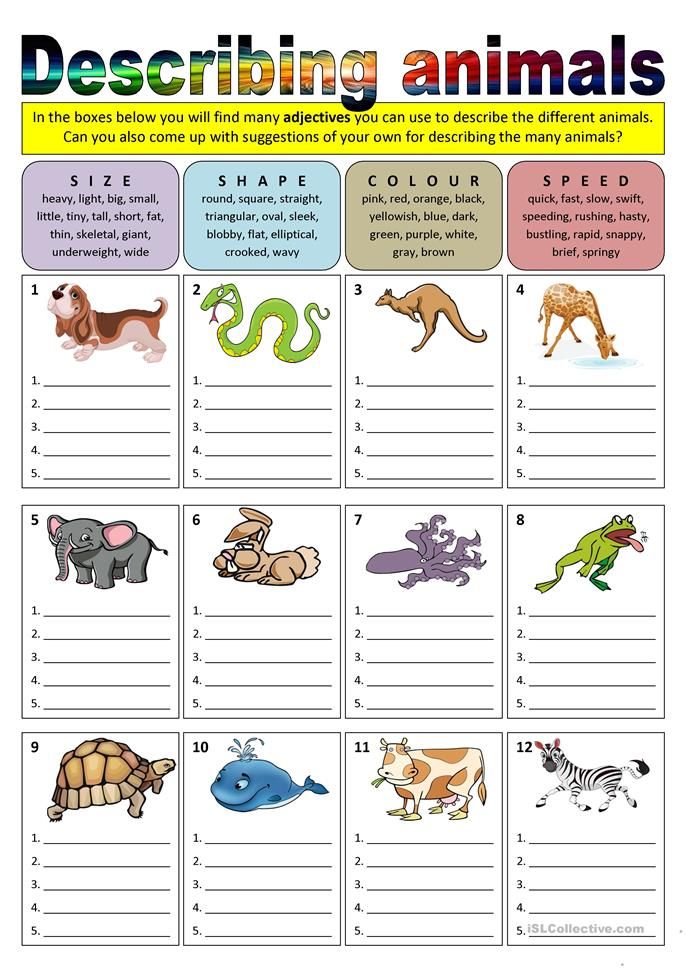 (I met the President; I can crawl around a room full of people without anyone stepping on me…) Then fold your justified boast into a paper airplane and let your talents soar.”
(I met the President; I can crawl around a room full of people without anyone stepping on me…) Then fold your justified boast into a paper airplane and let your talents soar.”
Adaptation for adults: All sorts of lists are an inexhaustible source of ideas and plots. Try to make a new list at least once a week, from something banal (“10 favorite foods”) to wild (“10 crimes that I can theoretically commit”)
“I am a Writer. The book of my stories” by M. Shkurina
8. Choose a location
From the manual: “Imagine that you are a pirate and your ship is wrecked. You and your friend end up in a boat with a treasure chest. Suddenly a shark fin appears in the water. How will events develop? Write it down. Helper words: treasure map, gunpowder, boarding, prisoner, treasure, desert island, boatswain, caramba, whistle everyone up, mast, ladder.
Adult Adaptation: If you don't have a particularly brilliant idea and don't know what to write about, try picking an interesting location first.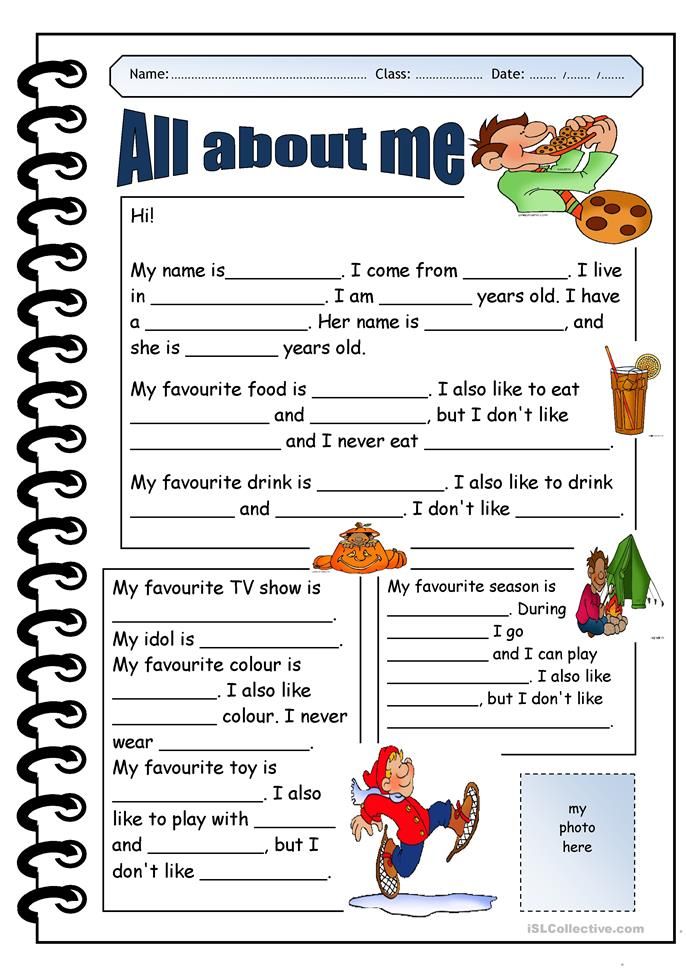 Think about what's on the covers of your favorite books. Ancient castles? Forest? Fortresses? Great, go there. To find the plot, make an associative chain according to the example above. What words and phrases do you associate with this location?
Think about what's on the covers of your favorite books. Ancient castles? Forest? Fortresses? Great, go there. To find the plot, make an associative chain according to the example above. What words and phrases do you associate with this location?
9. Change the type of storytelling
From the manual: “Your stories will definitely not be the same if you tell the story from different people. Imagine that you are not a schoolboy, but a dragon who has just swallowed a princess. Or an alien crawling out of the hatch of a flying saucer. Write the story from this character's point of view. It often happens that in the event of a plot deadlock, it is enough to give the floor to another character, and the story begins to play with new colors.
Boris Akunin , for example, skillfully uses the change in the type of narration to diversify the plot. If you're stuck in the wizarding academy's teaching a hero how to do things, think about who could freshen up the "learning process".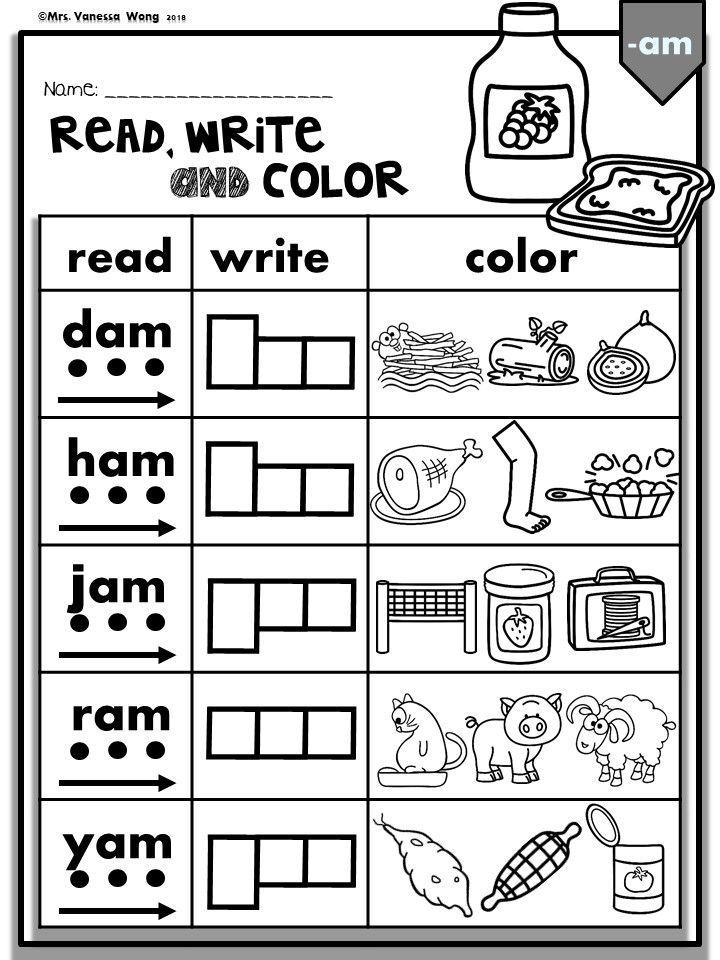
What if the wizard professors tell you about your character? What if you give the floor to the antagonist? Hero's classmates? An old cleaning witch? An enchanted broom? And so on.
If you want more game practice, come to our writing intensive "Secreter" . You can sign up at any time, the intensive lasts two months, and you can participate from any week.
And of course, share your favorite writing games in the comments!
Natalya Vasilievna
Russian language teacher
Ask a question
17 word games for children who dream of becoming writers| How to develop writing talent
If you want to know how to develop writing talent in a child: fantasy and the ability to tell interesting stories, this article with children's games with words from the famous children's writer Gianni Rodari is especially for you.
The wonderful children's writer Gianni Rodari offers his own game options that will not only captivate the child, but also help develop his writing talent, as well as develop the skill of telling stories in an interesting way.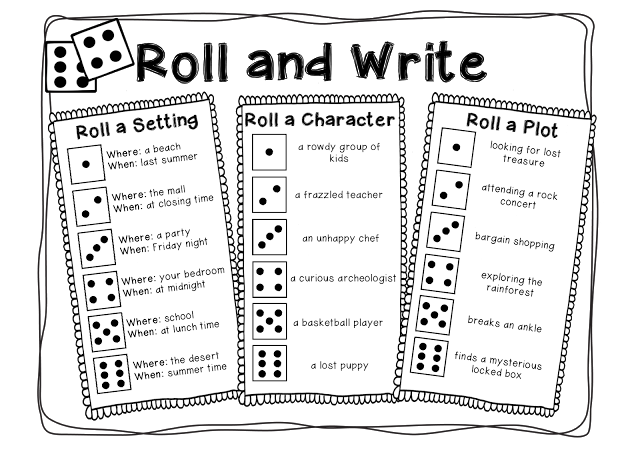 In addition, they are not tied to one place or any kind of gaming equipment, which means you can play anywhere: in the car, in line with the doctor, on a walk, etc.
In addition, they are not tied to one place or any kind of gaming equipment, which means you can play anywhere: in the car, in line with the doctor, on a walk, etc.
Playing with a child is the most natural way to develop his imagination, introduce him to the world, teach him useful things and instill important qualities of character. But if parents only know how to play ball and "cities", there will not be much benefit from this. And even more so, this will not help you develop literary talent in your child.
Write any word.
For example "cat". Think of words that begin with its first letters, that is, "k", "o", "sh", "k" and "a". Let's say you got "boat", "window", "curtain", "whale" and "abc". Now try to come up with a poem that uses these words.
Take any word. For example, "ball".
During this game, to develop your child's writing talent, try to come up with a story about a ball with your child.
Together try to come up with a fantasy question.
For example: “What would happen if a crocodile knocked on your door?”. Come up with a whole story on this topic.
Warp the words.
For example, you can add to all words the prefix “not”, “one”, “mini”, “bi” or “three” (“three cows”), “anti” (anti-umbrella). And then fantasize as much as you like with the resulting characters.
Use grammar mistakes in your children's notebooks.
Take any misspelled word and make up a story about it.
See also: Plasticine games: fun games for kids
Cut out the headlines from the articles, group them and you get a whole poem.
For example: "The dome of St. Peter's Cathedral, wounded by a dagger, having robbed the cash desk, fled to Australia."
Do you remember the old game "Nonsense" with notes and questions?
The facilitator asks the question: “Who was that? Where was it? What have you been doing? What did you say? What did the people say? What ended up?" And the players take turns writing answers and wrapping part of the sheet so that no one sees what is written.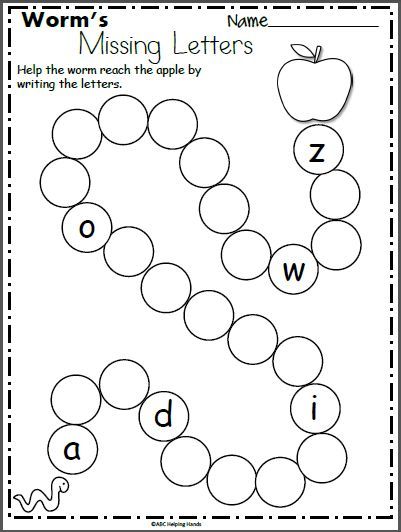 This is an ingenious way to write stories and develop imagination.
This is an ingenious way to write stories and develop imagination.
Write down any phrase from the poem.
For example: "I wore out seven pairs of shoes." Try, closing your eyes, to hear a hodgepodge of sounds in it and rephrase. It will turn out something like: “I can’t master seven mops alone.” It's like playing a broken phone.
You can take any noun and put it in the form of a riddle .
Like, for example, carrots - "A girl is sitting in a dungeon, and a scythe is on the street." And you come up with a riddle in your own word. It is optimal if you succeed in poetic form.
Make up a false riddle.
This is a riddle that already has the answer, but it is encrypted. For example:
The word "radish" is one idiot
I thought about planting in my garden.
The question arises in the following order:
Words or radishes sprouted in the garden
Distort fairy tales!
"There was a girl named Yellow Riding Hood".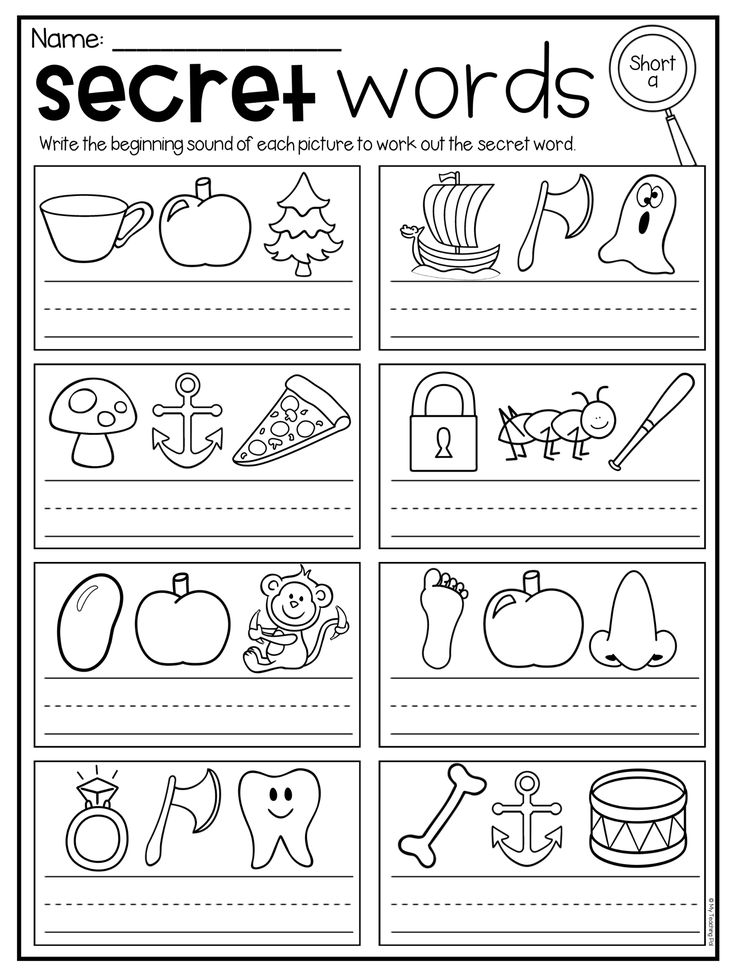 Put on a different track, a familiar fairy tale makes the child relive it.
Put on a different track, a familiar fairy tale makes the child relive it.
Take five words from a familiar fairy tale.
For example: “girl”, “wolf”, “flowers”, “forest”. "grandmother" and the sixth word, extraneous. Let's say "helicopter". Make up a story with these six words.
Turn fairy tales inside out: “Little Red Riding Hood is evil, but the wolf is kind” .
And how did events unfold further?
Read also: How to teach a child to play
Invent the continuation of fairy tales.
This game can be played with the child anywhere and anytime. And it is directly related to developing the talent of a writer in a child.
Fairy tale salad is a great option.
Little Red Riding Hood met Little Thumb in the forest. And what happened next - invite the child to come up with.
Take the storyline of any fairy tale and change the characters.